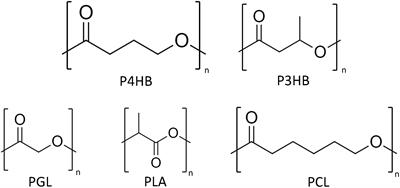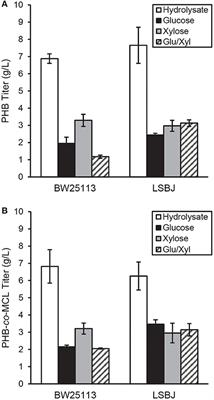REVIEW
Published on 03 Apr 2020
Poly(4-Hydroxybutyrate): Current State and Perspectives

doi 10.3389/fbioe.2020.00257
- 27,097 views
- 111 citations
22k
Total downloads
137k
Total views and downloads
You will be redirected to our submission process.
REVIEW
Published on 03 Apr 2020

REVIEW
Published on 17 Mar 2020

ORIGINAL RESEARCH
Published on 06 Feb 2020

ORIGINAL RESEARCH
Published on 21 Jan 2020

BRIEF RESEARCH REPORT
Published on 18 Dec 2019

REVIEW
Published on 27 Sep 2019

BRIEF RESEARCH REPORT
Published on 24 Jul 2019

